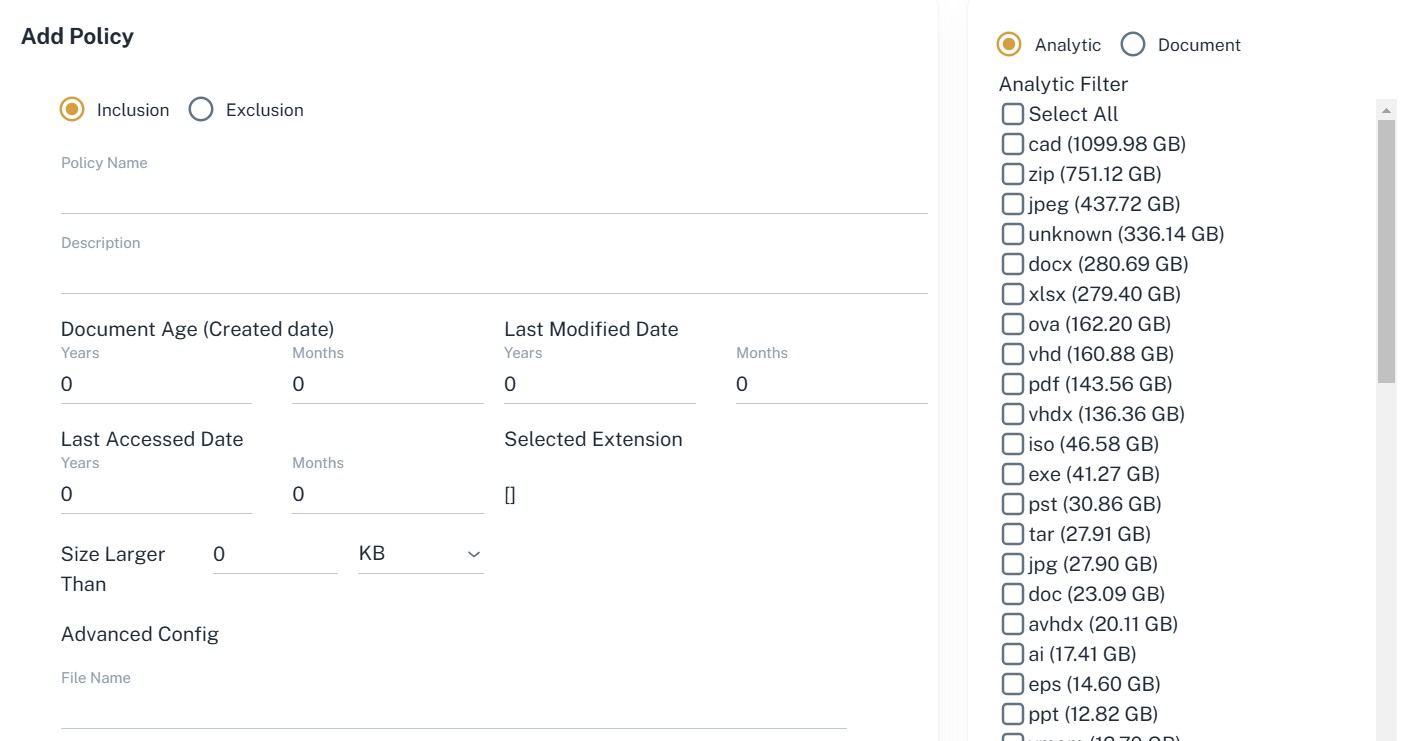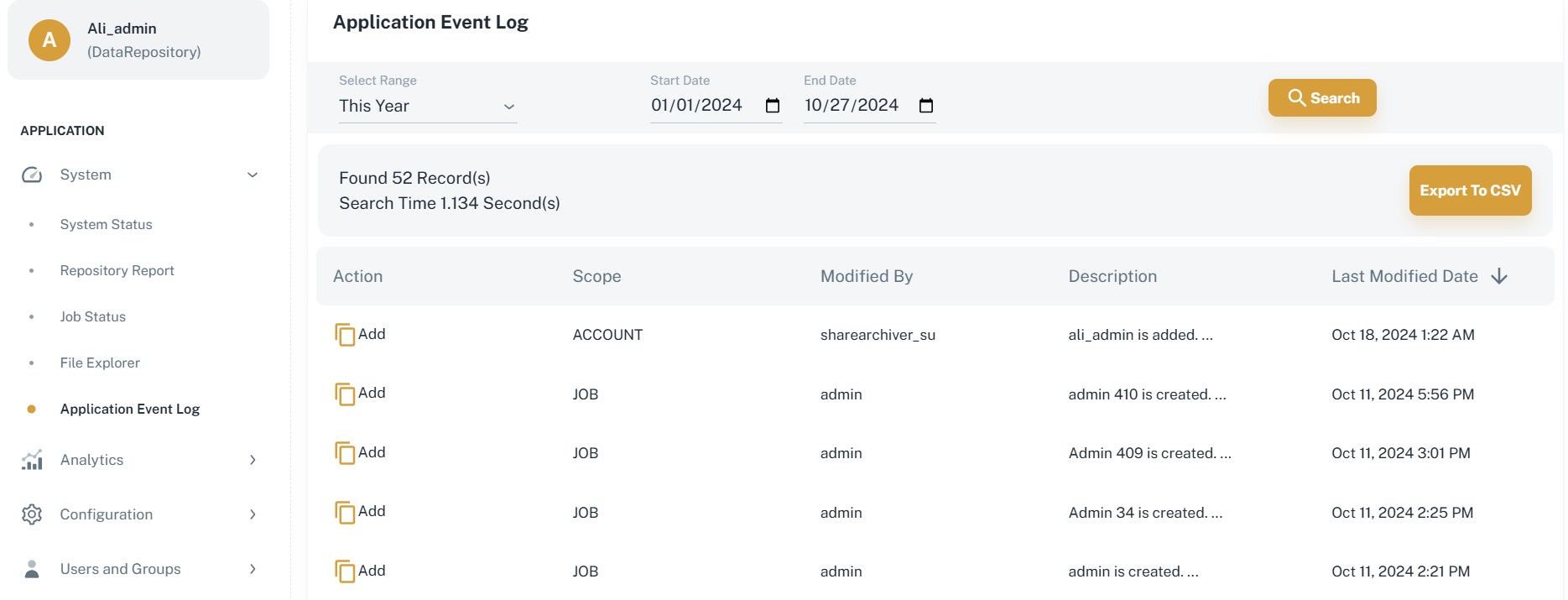Data is one of the most valuable assets for any organization in today’s digital world. But as information flows in—whether from customer interactions, operations, or transactions—the challenge lies in managing it effectively.
This is where data retention comes into play. It involves setting clear guidelines on how long specific data types are stored, ensuring essential information remains accessible while securely removing what’s no longer needed.
A well-defined data retention policy is a strategic tool for reducing risk, meeting compliance requirements like GDPR and HIPAA, and making data more manageable and purposeful. By establishing these guidelines, companies can control storage costs, protect sensitive information, and ensure quick access to relevant data for decision-making.
In this article, we’ll cover the essentials of a strong data retention strategy: best practices, policy components, and compliance considerations to help your organization handle data responsibly and efficiently.
What is Data Retention?
Data retention refers to the practice of determining how long an organization keeps its data before either archiving it for historical reference or securely disposing of it. At its core, data retention is about building a structured approach to data lifecycle management. This helps businesses to keep relevant information available while reducing risks associated with unnecessary data storage.
Defining Data Retention Within Organizations
Data retention involves setting policies that specify how long various types of data—such as customer records, financial statements, employee files, and transaction logs—are kept. This period, known as the retention period, is typically guided by business needs, regulatory requirements, or industry standards.
For example, a business may need to retain customer purchase data for several years to meet financial reporting standards, while sensitive customer information may have a much shorter retention period due to privacy regulations.
Key Goals of Data Retention
The primary goals of a data retention policy are:
Compliance:
Many industries are regulated, meaning organizations must retain specific records for a defined period to meet laws like GDPR (for personal data), HIPAA (for healthcare data), and FINRA (for financial records). Non-compliance can lead to severe fines or other penalties.
Data Efficiency and Storage Management:
Retaining only the necessary data helps optimize storage costs and reduces the time spent searching through excess information. When data is carefully managed, businesses can avoid the clutter of outdated or irrelevant files, making information retrieval faster and more efficient.
Risk Mitigation:
Holding onto data longer than necessary increases the risk of data breaches and privacy violations. By defining clear retention periods and disposing of data securely once it’s no longer required, organizations can reduce their exposure to such risks.
Supporting Decision-Making:
By keeping relevant data readily accessible, organizations empower their teams with the information they need to make informed decisions based on historical records and trends.
Data Retention vs. Data Archiving and Data Backup
While data retention is often confused with data archiving and data backup, these concepts serve different purposes:
| Aspect | Data Retention | Data Archiving | Data Backup |
| Purpose | Defines how long data should be stored and accessible for compliance, business, or operational needs | Long-term storage of inactive data for compliance or future reference | Short-term storage for recovery from unexpected data loss or corruption |
| Data Status | Active data that is regularly used or accessed | Inactive data that is rarely accessed but must be retained | Current data replicated for quick restoration if needed |
| Storage Location | Primary storage locations for easy access | Secondary or specialized storage designed for long-term retention | Secondary storage locations or cloud, optimized for fast recovery |
| Accessibility | Easily accessible during the retention period | Typically not immediately accessible, slower access | Highly accessible for immediate recovery |
| Automation | Rules and policies govern retention duration and secure disposal | Automated migration to long-term storage after becoming inactive | Scheduled or continuous data copying for backup purposes |
| Compliance | Focused on meeting regulatory requirements and internal policies | Ensures compliance with industry regulations for historical data retention | Not focused on compliance, primarily focused on data recovery |
| Data Lifespan | Defined by retention policy and legal requirements | Indefinite or set by compliance policies, intended for long-term storage | Short-term, typically overwritten by new backup cycles |
| End of Lifecycle | Data is securely deleted once the retention period expires | Data remains stored indefinitely until it’s deemed no longer necessary | Data is continuously refreshed and replaced with updated copies |
| Examples of Use | Customer records, employee data, financial records | Historical business records, old financial statements, completed project data | Recent project files, daily system snapshots, databases |
Typical Data Retention Cycles
Data retention periods vary based on the type of data, regulatory requirements, and company policies. Common retention periods include:
- Transactional data (e.g., sales records): 3 to 7 years, depending on financial regulations.
- Customer data (e.g., purchase history): Often 5 to 10 years, depending on business needs.
- Employee records: Typically retained for 3 to 5 years after an employee’s departure.
- Email and communication logs: Often retained for 1 to 3 years for record-keeping and legal reasons.
These timelines aren’t rigid and must be adjusted to reflect both the organization’s needs and any legal requirements specific to the industry.
Role of Technology in Data Retention
Effective data retention often relies on technology solutions that can automate data classification, apply retention rules, and securely dispose of data at the end of its lifecycle. Using tools like ShareArchiver can streamline this process by categorizing data, setting automated retention schedules, and securely managing stored information. Such tools allow companies to implement a consistent, secure, and compliant data retention strategy without excessive manual effort.
Key Components of an Effective Data Retention Policy

Developing an effective data retention policy is crucial for businesses to manage data responsibly, ensure compliance, and minimize risks. A well-crafted data retention policy not only defines how long data should be kept but also establishes clear procedures for data storage, access, and secure disposal. Below are the essential components that make up a robust data retention policy:
1. Data Categorization
Purpose: To manage data effectively, organizations must classify it based on its type, sensitivity, and relevance. Proper categorization ensures that each data type is handled according to its specific requirements and helps prevent over-retention or premature deletion.
Categories: Common categories might include customer records, financial data, employee files, operational data, and communications.
Process: Assign each data type a category that reflects its importance and regulatory requirements. For example, confidential client information may require stricter retention controls than general business communications.
2. Retention Periods
Purpose: Establishing clear retention periods ensures that data is retained only as long as it remains valuable or necessary for compliance, reducing storage costs and data overload.
Setting Retention Timelines: Retention periods are typically determined by legal requirements, industry standards, and business needs. For instance, financial records may need to be kept for 7 years, while general business emails might only need retention for 1-3 years.
Flexibility for Different Needs: Each category of data should have its own retention period that aligns with specific regulatory requirements and business use. Regularly review and adjust retention timelines as regulations and business needs evolve.
3. Data Access and Security Controls
Purpose: Protecting data during its retention period is essential to avoid unauthorized access, breaches, or leaks. This component of the policy outlines who can access data and what security measures protect it.
Access Control: Define who within the organization can access specific types of data, ensuring that only authorized personnel can view or handle sensitive information.
Security Measures: Implement encryption, access authentication, and secure storage environments to protect data throughout its lifecycle. This is especially critical for sensitive or regulated data, such as health or financial records.
4. Data Disposal and Secure Destruction Procedures
Purpose: Securely disposing of data once the retention period expires is crucial for reducing risk and ensuring compliance. This step helps prevent unauthorized access to obsolete data and reduces the data storage burden.
Secure Deletion Methods: Specify secure deletion methods appropriate to the data type. For example, physical destruction may be necessary for hard drives containing highly sensitive data, while digital data might be securely wiped or overwritten.
Documentation: Keep records of data disposal activities to demonstrate compliance and maintain accountability. This documentation can serve as proof that the organization followed data destruction protocols in case of an audit or legal inquiry.
5. Employee Training and Awareness
Purpose: A data retention policy is only as effective as the employees who adhere to it. Training staff on retention practices helps ensure compliance and reduces the risk of data mismanagement.
Training Programs: Provide regular training for employees on data retention policies, focusing on why certain data must be retained or deleted, how to access data securely, and how to handle data disposal responsibly.
Awareness Campaigns: Consider implementing awareness initiatives to reinforce data retention practices and provide updates on policy changes, especially if new regulations or technologies impact data retention standards.
6. Policy Review and Updating
Purpose: A data retention policy should evolve alongside regulatory changes, industry standards, and the company’s business goals. Regular reviews ensure that the policy stays relevant and effective over time.
Scheduled Reviews: Set a schedule to review the policy, such as annually or biannually. During these reviews, consider any changes in compliance requirements, data management technology, or business needs that might impact retention practices.
Feedback Mechanisms: Gather input from departments that handle significant data, like legal, HR, and IT, to understand their specific data management needs. This feedback can help refine retention practices and ensure that the policy aligns with practical, day-to-day data handling.
7. Integration with Technology Solutions
Purpose: Leveraging technology to implement and automate retention practices makes it easier to consistently manage data across its lifecycle, from retention to secure disposal.
Automation: Use tools like ShareArchiver to automate data retention and deletion according to pre-defined policies. Automation reduces human error and helps maintain compliance by applying retention rules uniformly across all data types.
Monitoring and Reporting: Implement systems that provide visibility into retention practices, including tracking data access, usage patterns, and disposal activities. Reporting features can also support compliance audits by demonstrating that data retention policies are followed consistently.
Compliance Essentials in Data Retention
Compliance with data retention regulations is crucial for businesses operating in today’s heavily regulated environment. From privacy laws to industry-specific regulations, organizations must navigate various requirements dictating how long data must be stored, who can access it, and how it should be securely disposed of.
Adhering to these standards not only protects the organization from penalties but also helps build trust with customers and stakeholders by demonstrating a commitment to responsible data management. Here are the key compliance essentials every data retention policy should address:
1. Data Privacy and Confidentiality
Data Minimization:
Many regulations, such as GDPR, emphasize data minimization—only collecting and retaining data that is necessary for the intended purpose. Organizations should review what data they retain and limit storage to the minimum required.
Access Control:
Regulatory standards often require that sensitive data be accessed only by authorized personnel. Implementing strong access controls, such as role-based permissions and multi-factor authentication, is critical to protecting data privacy.
Anonymization and Pseudonymization:
Where possible, organizations can reduce privacy risks by anonymizing or pseudonymizing data, making it less sensitive if accessed by unauthorized parties. Some regulations encourage this practice as an added layer of protection.
2. Data Security Standards
Data Encryption:
Encrypting data both at rest and in transit is a best practice for ensuring data security and is often mandated by compliance standards. Encryption adds an extra layer of security, making data unreadable to unauthorized users.
Regular Audits:
Conduct regular audits to ensure compliance with data retention policies. Internal and external audits verify that data is retained or disposed of according to established policies and that data access is properly controlled. Documenting these audits also demonstrates compliance during inspections.
Secure Disposal Protocols:
Regulations such as GDPR and HIPAA require secure disposal of data once it’s no longer needed. Secure disposal protocols should define acceptable methods, such as digital wiping, shredding of physical documents, or physical destruction of hard drives, depending on data sensitivity.
3. Retention Policy Documentation
Clear Policy Outlines:
Compliance standards often require documented retention policies that detail how data is managed, stored, and disposed of. This documentation provides transparency and accountability and serves as a reference point for both employees and regulators.
Regular Policy Updates:
Regulatory standards evolve, and retention policies must keep pace. Regularly reviewing and updating retention policies ensures they align with current laws and reflect changes in data use, storage technologies, and business requirements.
Retention Logs:
Maintaining logs of data retention activities helps demonstrate compliance. These logs can track data storage timelines, access logs, and data disposal actions, serving as an audit trail for regulators.

4. Responding to Data Subject Requests
Right to Access and Deletion:
Regulations like GDPR give individuals the right to access their personal data and request deletion if it’s no longer needed. An effective data retention policy should include protocols for handling such requests quickly and accurately, ensuring compliance with response timelines set by the regulations.
Process for Consent Withdrawal:
Some data, especially under GDPR, may have been collected with user consent. If a user withdraws consent, the organization must either delete the data or anonymize it unless there’s a legal basis to retain it.
Retention Period Transparency:
Inform data subjects, such as customers or clients, about the retention period for their data. This transparency is often legally required and helps build trust by showing that the organization is committed to responsible data practices.
5. Leveraging Technology for Compliance
Automated Retention Management:
Implementing tools like ShareArchiver can streamline compliance by automatically managing retention schedules, securely disposing of data when its retention period expires, and logging all activities for audit purposes.
Data Tracking and Reporting:
Robust data management solutions can provide insight into data usage patterns, retention timelines, and disposal actions. Automated reporting capabilities simplify compliance audits and provide real-time visibility into retention policy adherence.
Compliance Audits and Alerts:
Advanced technology solutions can also offer automated compliance checks and alerts, flagging potential issues with retention policies and alerting teams to any anomalies or upcoming audit requirements.
How ShareArchiver Supports Data Retention and Compliance
ShareArchiver provides a comprehensive solution for managing data retention and ensuring compliance with regulatory standards. By automating retention policies, ShareArchiver allows businesses to set specific timelines for various data types. This reduced manual oversight and minimized the risk of human error. Data can be securely archived based on predefined rules, freeing up primary storage while keeping important information accessible for compliance and reference.
Beyond storage, ShareArchiver supports secure data disposal once retention periods expire, aligning with regulations like GDPR’s data deletion requirements. With built-in audit trails and reporting features, organizations can easily track data access, retention actions, and disposal events. It makes it straightforward to demonstrate compliance during audits. For businesses aiming to streamline their data retention practices and maintain compliance, ShareArchiver offers a secure, scalable archival storage solution that adapts to evolving regulatory needs.
Conclusion
In today’s data-centric business environment, a well-defined data retention policy is essential for managing information responsibly and staying compliant with regulations. Organizations can reduce risks, optimize storage, and support decision-making by implementing best practices in data retention, categorizing data accurately, and ensuring secure disposal.
ShareArchiver makes automating and enforcing these policies easier, providing robust support for compliance and streamlined data management. As regulations evolve, a strong data retention strategy will keep your organization prepared, compliant, and positioned for success in managing data effectively.








